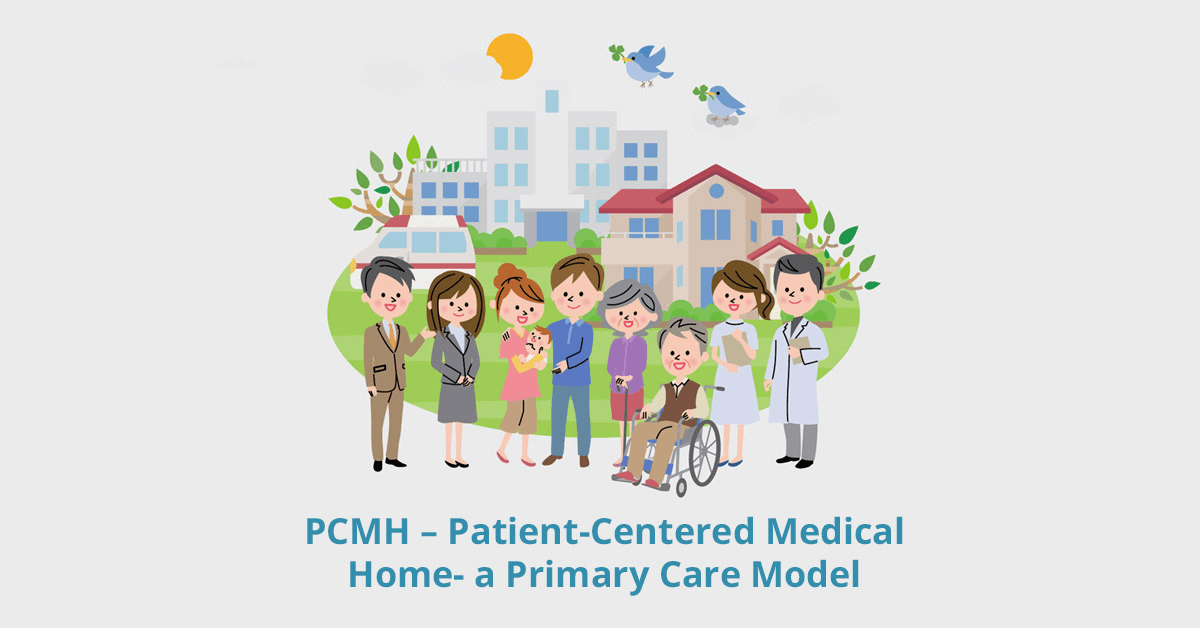
While ACOs (accountable care organizations) have garnered most of the press coverage, there is an individual model that is especially attractive to primary care physicians that will allow them the opportunity for additional reimbursement, the Patient-Centered Medical Home. (PCMH)
While ACOs are considered “Medical neighborhoods”, PCMH is “medical Homes, and like the ACO, it is designed to improve patient care, and the experience of healthcare delivery. The goal being, doing well for the individual patient will contribute to improving the health of the population, as well as reduce costs.
For most primary care physicians, participating with an ACO, or multiple ACOs is determined by location and the rules of the sponsoring organization. While there are large physician groups sponsoring ACOs, most are not engaging with physicians outside of their group. At the other end, there is the hospital sponsored ACOs that may limit their members to those with privileges at that hospital. ACOs that are confederations of the independent physician are few and far between, because of the infrastructure requirements to be successful, the cost, and the risk.
Additionally, when an independent physician participates with an ACO, and they should consider all such opportunities, their success is dependent not only on their own efforts, but on the efforts, or in many cases, the lack of them by others in the ACO.
Read More Information Security Guide for small healthcare businesses
The PCMH is a designation and a structure that the individual independent physician can create, maintain, and then win or lose by their own efforts. And while there will be costs to the company and structure the practice to be successful, the cost is an investment in your own practice. PCMH appeal to primary care physician because it is consistent with the desire for independence that motivates private independent practice.
The Patient-Centered Primary Care Collaborative reports there are about 500 public and private sector medical home initiatives being tracked nationwide. Many of them sponsored or offered by health plans willing to reward the designation earned with higher reimbursement. Practices that seek an official certification of their PCMH status have more success gaining payer economic recognition. Check with the health plans that you currently participate with to see what incentives they are offering to become a PCMH.
The requirements to be a PCMH generally include:
- Provide comprehensive care. That is the practice must be able to provide the majority of healthcare needs of its patients. This through the ability to provide preventative, acute and chronic care. Now before you think this means additional hiring, it can also be accomplished by cooperative agreements with other providers, such as the nutritionist, social workers, and the even adding telemedicine to the practice. A practice need not be alone, it can and should know and as appropriate connections with other providers and services in the community that can help meet their patients’ needs.
- Be patient-centered. Being patient-centered means just that, consider the patient and family’s unique needs, culture, values and care preferences. The patient must be made part of the team, involved in understanding, planning and providing self-care as appropriate.
- Provide coordinated care. This is where practice often has to change their thinking and processes. The patient is their patient even when they leave the office. That is the practice must coordinate the navigation of the patient’s care across the continuum, including specialists, inpatient, home care, and community services. The practice needs to be especially on top of care transitions, such as at the time of discharge, this is when patients often get lost in the system.
- Be accessible. The practice must be available. Urgent care, provide for it in the office and provide all-hours support to the patient by a member of the care team via telephone or email. Telemedicine is a good device to add.
- Commit to improving quality and safety. Practice evidence-based medicine using clinical decision-support tools and build into the delivery of care measurement tools to analyze patient care and provide for process improvement measures. And don’t forget patient satisfaction, it needs to be measured and used as part of performance improvement.
The National Committee for Quality Assurance (NCQA), has the most widely-adopted PCMH evaluation program in the country and is the most recognized accreditation program by payers and others.
Read More: Few easy marketing Tips for busy physicians
PCMHs’ are providing many benefits, including better quality, patient experience, continuity, prevention, and disease management. Studies also show lower costs from reduced emergency department visits and hospital admissions. Other studies show reduced income-based disparities in care and since PCMH focus on a return to the patient-physician relationship, they even continue to reducing physician burnout.
Many physicians prefer the PCMH model over that of ACOs which are so dependent on a costly central organization, and as with any large organization, includes a certain level of bureaucracy and politics. PCMHs give an opportunity to the independent practice physician to gain status and improved economics on their own and by their own efforts. It is worth checking out if you could benefit from such programs in your community.




More Stories
The Future of Radiology Information System
How To Buy EHR Software in 6 Steps
Information security guide for small healthcare businesses